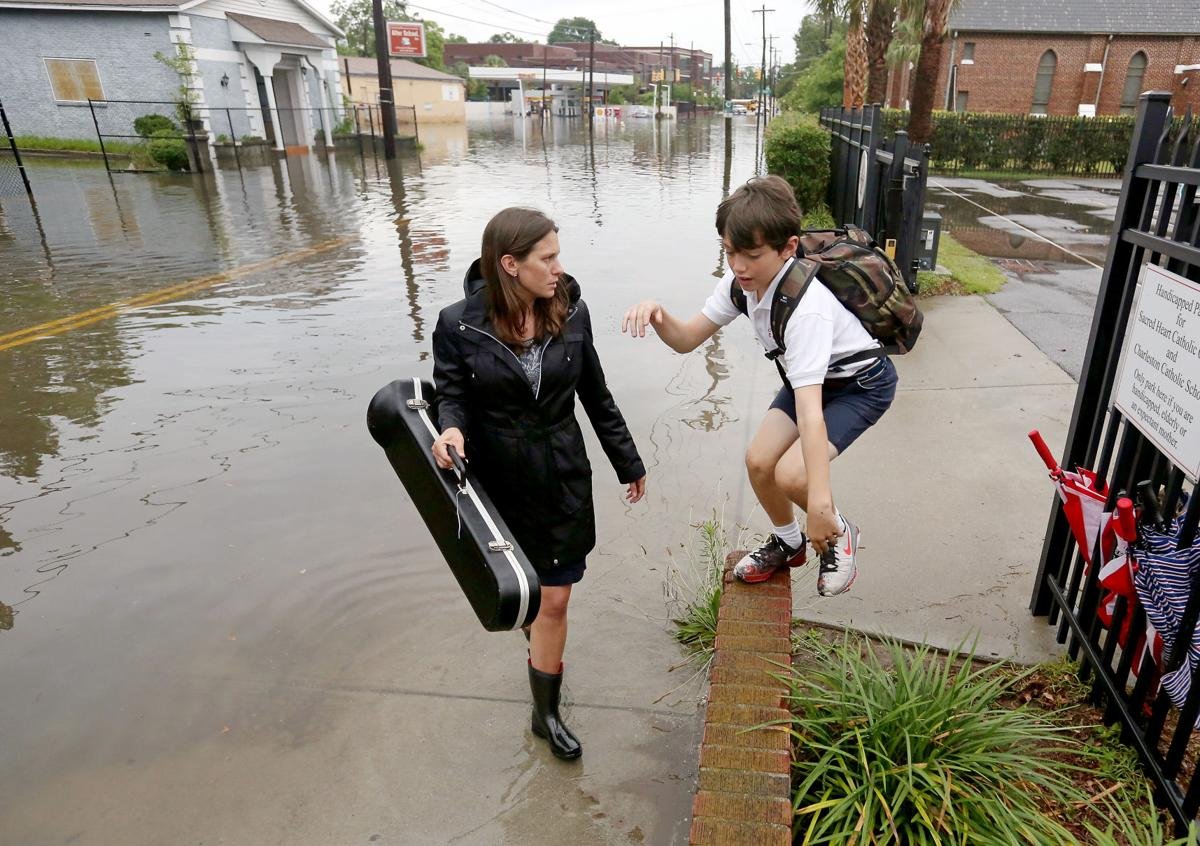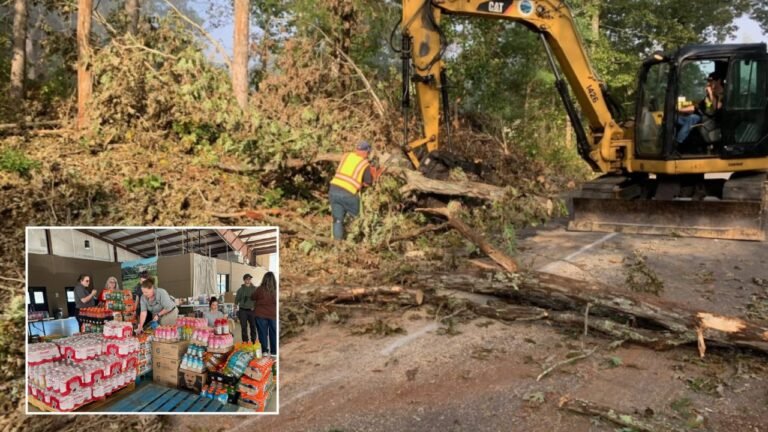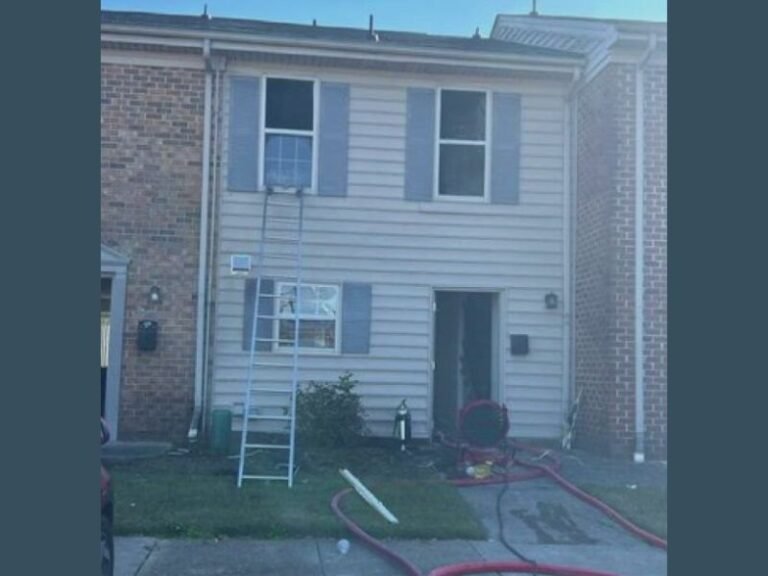Charleston Schools Respond to Flooding Risks with New Measures
CHARLESTON, S.C. — With flooding a constant threat in the Charleston area, local schools are stepping up their defenses to keep students safe and campuses operational. The Charleston County School District (CCSD) has implemented a series of mitigation strategies — from installing dozens of retention ponds to distributing sandbags — as part of a growing push to respond to climate-driven challenges and infrastructure concerns.
Flooding Frequently Disrupts School Attendance
Floodwaters don’t just impact roads — they interrupt learning. Many Charleston schools have been forced to close or delay operations during severe storms, while some students living in hard-hit areas are unable to attend at all due to impassable streets. These disruptions place a heavy burden on families, teachers, and the educational process.
Jeff Borowy, Chief Operating Officer for CCSD, confirmed that school closures and missed classes are often directly linked to the area’s stormwater struggles. “We’re doing the best we can when we build schools or renovate schools,” Borowy explained.
Retention Ponds Play a Key Role in Flood Management
To prevent floodwaters from overwhelming campuses, the district has installed more than 70 retention ponds. These large basins are designed to capture runoff from surrounding areas and hold water temporarily, releasing it slowly once it’s safe.
This infrastructure has been pivotal in reducing flooding incidents on school property. “That captures the water that drains from around the school and holds it until it’s safe to be released,” Borowy said, noting that many schools have seen minimal or no flooding thanks to this system.
Sandbags and On-Site Protocols Add Another Layer of Protection
In addition to ponds, CCSD deploys sandbags at vulnerable school entrances, especially those known to take in water during storms. These temporary barriers help prevent water intrusion during emergencies.
Borowy emphasized that schools are prepared to keep students safe during such events. “If we need a child to be picked up because of flooding around the school, we’re going to keep an eye on that child and keep them safe at the school until their parents can get there,” he said. Schools are also instructed not to release children into flooded conditions, even if it means delaying departure.
City of Charleston Encourages Public to Join Flood Action Efforts
While the city currently has no new major flood-related school projects underway, it continues to invite the public to share concerns and ideas. The Basin Flood Action Committee, made up of representatives from various neighborhoods — including James Island, West Ashley, Downtown, Johns Island, and Daniel Island — offers a platform for residents to participate in flood planning.
Kaylan Koszela, Director of Resilience for the City of Charleston, explained that projects often focus not only on school buildings, but also on access points, nearby roads, and surrounding neighborhoods. “Particularly in some of our lower-lying areas where schools are located, we have to think about that as we’re developing and planning projects,” Koszela said.
Digital Tools Help Families Stay Informed
To improve public awareness and response, the city promotes the use of the TidEYE app — which provides real-time updates on road closures and weather — and the Water Wise website, which houses all water-related resources and data.
These tools are part of a broader resilience strategy aimed at keeping Charleston’s residents, including its youngest ones, safer during weather emergencies.
Charleston County’s ongoing efforts to reduce school flooding are a model of localized resilience planning. As storms intensify and sea levels continue to rise, school districts across the South may increasingly look to Charleston’s playbook for inspiration.
Want to stay informed on local resilience efforts and school safety strategies? Follow updates from the Saluda Standard-Sentinel at saludastandard-sentinel.com.







